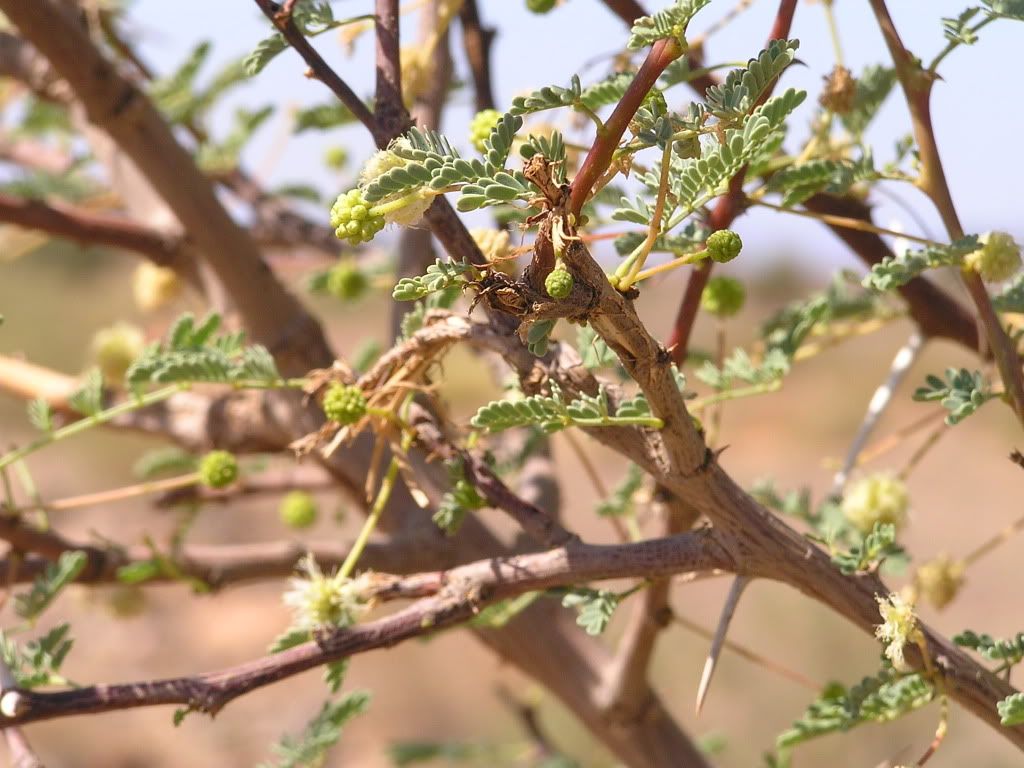Argan oil is an oil produced from the kernels of the argan tree, endemic to Morocco, that is valued for its nutritive, cosmetic and numerous medicinal properties. The tree, a relict species from the Tertiary age, is extremely well adapted to drought and other environmentally difficult conditions of southwestern Morocco. The species Argania once covered North Africa and is now endangered and under protection of UNESCO. The Argan tree grows wild in semi-desert soil, its deep root system helping to protect against soil erosion and the northern advance of the Sahara. This biosphere reserve, the Arganeraie Biosphere Reserve, covers a vast intramontane plain of more than 2,560,000 hectares, bordered by the High Atlas and Anti-Atlas Mountains and open to the Atlantic in the west. Argan oil remains one of the rarest oils in the world due the small and very specific growing areas.
Argan trees were first reported by the explorer Leo Africanus in 1510. An early specimen was taken to Amsterdam where it was cultivated by Lady Beaufort at Badminton House in 1711
Argan grows to 8-10 metres high, and live to 150–200 years old. They are thorny, with gnarled trunks. The leaves are small, 2–4 cm long, oval with a rounded apex. The flowers are small, with five pale yellow-green petals; flowering is in April. The fruit is 2–4 cm long and 1.5–3 cm broad, with a thick, bitter peel surrounding a sweet-smelling but unpleasantly flavoured layer of pulpy pericarp. This surrounds the very hard nut, which contains one (occasionally two or three) small, oil-rich seeds. The fruit takes over a year to mature, ripening in June to July of the following year.
Cultivation
In Morocco arganeraie forests now cover some 8,280 km² and are designated as a UNESCO Biosphere reserve. Their area has shrunk by about 50% over the last 100 years, owing to charcoal-making, grazing, and increasingly intensive cultivation. The best hope for the conservation of the trees may lie in the recent development of a thriving export market for argan oil as a high-value product.
Argan is also grown in Israel, in the Arava and Negev.
Uses
In some parts of Morocco, argan takes the place of the olive as a source of forage, oil, timber and fuel in Berber society. Especially near Essaouira, the argan tree is frequently climbed by goats.
Fruit
Argan fruit falls in July, when black and dry. Until that time, goats are kept out of the argan woodlands by wardens. Rights to collect the fruit are controlled by law and village traditions. The leftover nut is gathered after consumption by goats.
Oil
Argan savanna northeast of Taroudant
Argan oil is produced by several women's co-operatives in southwest Morocco. The most labour intensive part of oil-extraction is removal of the soft pulp (used as animal feed) and the cracking by hand, between two stones, of the hard nut. The seeds are then removed and gently roasted. This roasting accounts for part of the oil's distinctive, nutty flavour. The traditional technique for oil extraction is to grind the roasted seeds to paste, with a little water, in a stone rotary quern. The paste is then squeezed between hands to extract the oil. The extracted paste is still oil-rich and is used as animal feed. Oil produced by this method will keep 3–6 months, and will be produced as needed in a family, from a store of the kernels, which will keep for 20 years unopened. Dry-pressing is now increasingly important for oil produced for sale, as the oil will keep 12–18 months and extraction is much faster.
The oil contains 80% unsaturated fatty acids, is rich in essential fatty acids and is more resistant to oxidation than olive oil. Argan oil is used for dipping bread, on couscous, salads and similar uses. A dip for bread known as amlou is made from argan oil, almonds and peanuts, sometimes sweetened by honey or sugar. The unroasted oil is traditionally used as a treatment for skin diseases, and has found favour with European cosmetics manufacturers.
Argan oil is sold in Morocco as a luxury item (although difficult to find outside the region of production) and is of increasing interest to cosmetics companies in Europe. It was difficult to buy the oil outside Morocco but by 2001-2002 became a fashionable food in Europe and North America. It is now widely available in specialist shops and occasionally in supermarkets. Its price (USD$40-50 for 500 ml) is notable compared to other oils.
Argan oil contains:
* 44% Oleic acid
* 30% Alpha-linolenic acid
* 12% Palmitic acid
* 6% Stearidonic acid
* 5% Linoleic acid
* 3% Myristic acid
Argan oil is exceptionally rich in natural tocopherols (vitamin E), rich in phenols and phenolic acid, rich in carotenes, rich in squalene, rich in essential fatty acids, 80% unsaturated fatty acids and depending on extraction method more resistant to oxidation than olive oil.
Argan oil is used for dipping bread, on couscous, salads and similar uses. "Amlou" a thick brown paste with a consistency similar to peanut butter is produced by stone grinding roasted almond and Argan oil and is considered a favorite local bread dip. The unroasted oil is traditionally used as a treatment for skin diseases, and has found favour with the cosmetics industry.
Supporting Women
All argan sold today is produced by a women's cooperative that shares the profits among the local women of the Berber tribe. The cooperative has established an ecosystem reforestation project so that the supply of argan oil will not run out and the income that is currently supporting the women will not disappear. The money is providing healthcare and education to the local women, and supporting the entire community as a whole.

No comments:
Post a Comment